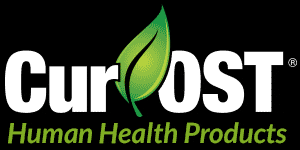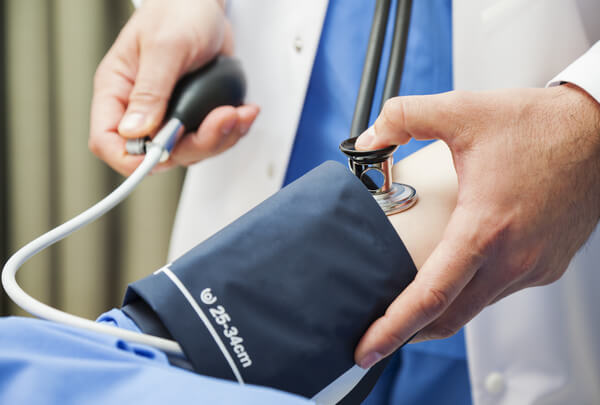High blood pressure is a common clinical problem present in a high percentage of people, especially as they age. There are many contributors to high blood pressure or hypertension, and the outcomes can be deadly if management is not put into place to reduce pressures. Despite many being on blood pressure medications, only 34% of them achieve normal pressures, which still leaves them at risk of a stroke, kidney disease, vascular problems, a heart attack or organ damage. So what other options are there to manage hypertension?
Some people are more at risk of high blood pressure than others and in truth, there are many contributors so it can be hard to narrow in on and resolve in all cases. Hence, why only a small percentage of people on high blood pressure medications resolve the problem. There are simply too many contributors that one pill or even two pills are going to conquer.
When you look at blood pressure, there are three factors that contribute.
- Heart rate
- Vascular resistance or blood vessel diameter
- Blood volume or fluid volume
Those are the three factors in if you have high blood pressure, then one of them, if not two, are involved. For many that are overweight and have metabolic tendencies, vascular resistance is altered due to high lipid levels and atherosclerosis. In others, they may simply consume too much sodium or have kidney issues, which result in a higher blood volume or fluid retention. In others, especially those that are stressed, the sympathetic nervous system kicks in an raises the heart rate and increases the vascular resistance.
In research, hypertension or high blood pressure is associated with the process of chronic inflammation and oxidative stress. These factors contribute to the production of high blood pressure and also contribute to the damage created as a result of persistently high blood pressures. Given this, wouldn’t it make sense to try to approach it from that standpoint? One of chronic inflammation and oxidative stress?
Here are some really nice options, unique in their own rights, that can benefit hypertension:
- Turmeric
- Olive Leaf Extract
- Black Sesame Seed
- Salvia miltiorhizza (Dan Shen)
- Hawthorn berry and leaf
- Blue Skullcap (Scutellaria lateriflora)
Turmeric for Hypertension
Research indicates that the usage of Curcumin extracts in rodent models markedly decreased systolic and diastolic blood pressure and impacted digestive health through modulation of the microbiome. (Hong-Bao, 2021) There are many other additional papers which support the daily usage of Turmeric or Curcumin extracts, which benefit the inflammatory process in your body on many levels and may protect organs from damage due to hypertension. Cur-OST Curcumin 95% Silver
Olive Leaf Extract for Hypertension
Olive oil and the olive leaf contain numerous beneficial compounds that can improve your health and help to protect cells from the ongoing damage from inflammation. Olive oil is used in many cultures daily and is a part of the Mediterranean diet. The olive leaf itself is a potent source of a phytonutrient called Oleuropein which based on research, demonstrates marked anti-inflammatory and antioxidant capabilities. One heavy area of research with olive leaf extracts is on blood pressure and metabolic parameters. In a rodent model, olive leaf extract rich in oleuropein reduced systolic blood pressure, reduced heart rate, and improved heart and kidney damage. (Romero, 2016) This is one interesting extract that I consume daily as part of my regimen for many benefits. Cur-OST Olive Leaf Extract
Black Sesame Seed for Hypertension
Black sesame seed has been a part of many culture’s diets for eons and is used in Traditional Chinese Medicine to help rebuild Yin in the body, improving moisture, and enhancing bowel movements. Black sesame seed has high levels of antioxidant compounds not to mention many essential oils. In one research study, the consumption of black sesame seed daily significantly reduced blood pressure and improved antioxidant status in the patients. (Wichitrsranoi, 2011) This is yet another very interesting ‘functional food’ from my perspective and especially important in those with hypertension who may exhibit body dryness such as dry skin and constipation. Cur-OST Black Sesame Seed
Salvia miltiorrhiza and Hawthorn Berry for Hypertension
Both of these herbs are well utilized in Traditional Chinese Medicine for cardiac or heart conditions, which include high blood pressure. Both herbs have potent antioxidant capabilities and aid in improving blood flow, while also potentially improving blood lipids. Hawthorn berry has the added benefit of impacting digestive health and reducing food accumulation and gas. Cur-OST Salvia miltiorrhiza and Cur-OST Hawthorn Berry
Blue Skullcap for Hypertension
Blue skullcap (Scutellaria lateriflora) is an herb which has been used for hundreds of years to help in the management of many medical conditions ranging from menstrual issues in women to rabies. Today it is commonly used to help combat anxiety and stress, easing tension in the body and promoting relaxation. It is very nice to take at night before bed as it does help to induce rest and sleep. Blue skullcap is used in western herb worlds to impact the liver and move tension or stuck energy in the body, dramatically impacting stress induced hypertension. Cur-OST Blue Skullcap
There are many options to help in reducing high blood pressure and two of the most important are exercise and diet modifications, so please keep that in mind. No herb can override the damage of poor lifestyle or a bad diet. Some herbs can interact with medications, so please do your research and consult with your physician.
Author: Tom Schell, D.V.M, CVCH, CHN


